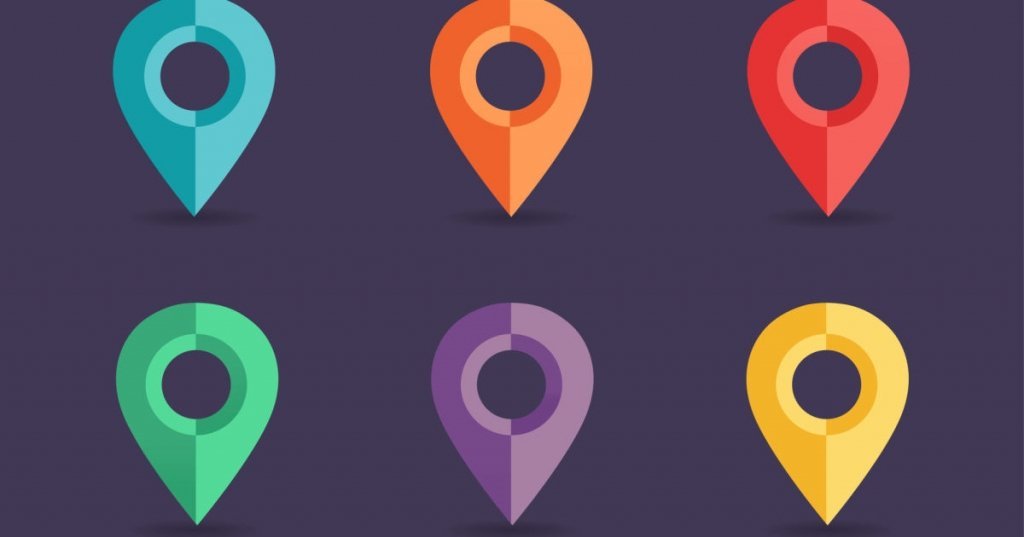Discovering Websites that Share Your Data with Instagram

Welcome to the digital age, where our personal data is constantly being shared and utilized by various online platforms. One such platform that has gained immense popularity over the years is Instagram. With over a billion active users, Instagram has become a hub for sharing photos, videos, and connecting with friends and influencers. However, have you ever wondered how Instagram gets access to your data from other websites? In this article, we will explore the world of data sharing and discover websites that share your data with Instagram.
Understanding Data Sharing
Data sharing is a common practice in the digital world. Websites often collaborate with other platforms to enhance user experiences, personalize content, and improve targeted advertising. When you visit a website, it may use cookies or other tracking technologies to collect information about your browsing behavior. This data can then be shared with third-party platforms, including Instagram.
Websites that Share Data with Instagram
While it may seem surprising, many websites share your data with Instagram. Let’s take a look at some examples:
- E-commerce Websites: When you shop online, websites often share your purchase history, browsing patterns, and product preferences with Instagram. This allows Instagram to show you relevant ads and product recommendations.
- News Websites: News websites often integrate Instagram widgets or plugins on their pages. These widgets can collect data about your reading habits and interests, which is then shared with Instagram for targeted advertising.
- Social Media Platforms: Other social media platforms, such as Facebook and Twitter, also share data with Instagram. If you have connected your accounts or used Instagram login on these platforms, your data can be shared across them.
Case Study: Fashion Retailers and Instagram
Let’s dive deeper into the world of data sharing by exploring a case study involving fashion retailers and Instagram. Fashion brands often collaborate with Instagram to promote their products and reach a wider audience. When you visit a fashion retailer’s website, they may use Instagram’s tracking pixels or APIs to collect data about your browsing behavior, such as the products you view or add to your cart.
This data is then shared with Instagram, allowing the platform to display targeted ads featuring the exact products you were interested in. For example, if you were browsing for a new pair of sneakers on a fashion retailer’s website, you might start seeing ads for similar sneakers on your Instagram feed.
The Impact of Data Sharing
Data sharing between websites and Instagram has both positive and negative impacts. Let’s explore them:
Positive Impact:
- Personalized Content: Data sharing enables Instagram to provide personalized content tailored to your interests and preferences. This can enhance your user experience and make your Instagram feed more relevant.
- Targeted Advertising: By sharing data, Instagram can show you ads that align with your interests, making them more likely to catch your attention. This benefits both users and advertisers, as it increases the chances of relevant products being discovered.
Negative Impact:
- Privacy Concerns: Data sharing raises concerns about privacy and data security. Users may feel uncomfortable knowing that their personal information is being shared without their explicit consent.
- Manipulative Advertising: Some users may find targeted advertising intrusive or manipulative, as it can create a sense of constant surveillance and influence their purchasing decisions.
Conclusion
Data sharing between websites and Instagram is a common practice in the digital landscape. While it enables personalized content and targeted advertising, it also raises concerns about privacy and manipulative advertising. As users, it is important to be aware of the data we share and the platforms that have access to it. By understanding the dynamics of data sharing, we can make informed decisions about our online presence and protect our privacy in the digital age.




